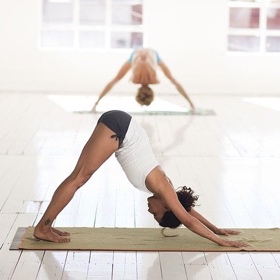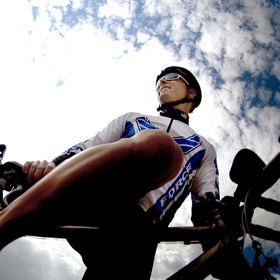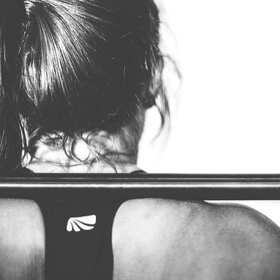Ways to get fit this Summer
With so many options for the best way to get fit for the Summer, our Osteopath, Andrew Doody, discusses the pros and cons of different forms of exercise, including a few of the most popular programmes doing the rounds.
 So you’ve decided something needs to be done, that’s great, you’re halfway there, but what exactly to do?
So you’ve decided something needs to be done, that’s great, you’re halfway there, but what exactly to do?
First of all it’s important to decide exactly why you’re doing it. Is it to get fit and healthy? To tone up generally? To lose some weight? All of the above?
Different approaches suit different needs. Are you carrying any injuries? Have you done any training before? Perhaps most importantly, which regime suits your lifestyle so you’ll keep it up? What do you enjoy to do?
I’ll try to show you which type of training, or combination of, is best for your needs, and which regimes that might include.
 Aerobic exercise
Aerobic exercise
Aerobic activities include walking, running, cycling, swimming. They can be done in the gym, on the sports field or just out and about. Lots of exercise regimes, from boot camp to crossfit will use aerobic activity as their core, with other forms of exercise added.
Aerobic activity is great for burning calories and losing fat. They temporarily boost your heart rate and breathing, allowing more oxygen to reach your muscles and improving cardiovascular endurance. These activities are associated with lower risk for many diseases and lengthening lifespan.
Aerobic exercise however should be started slowly and gradually built up if you haven’t done it before, or not for a while, just diving in can be dangerous.
Strength training
Strength or resistance training is using weight machines, free weights, resistance bands, or your own bodyweight. It can be done in the gym or in the form of sit ups/press ups etc. Boot camp and crossfit again use strength training, as will most personal trainers.
Strength training protects against bone loss and builds muscle. It also improves your body’s ratio of lean muscle mass to fat. It will help you tone up and get stronger. Anyone nursing an injury should approach with care, and again build up slowly.
Balance and flexibility exercises
Don’t underestimate the power of balance and flexibility training. It may not get the heart racing or the breathing rate up as much as some forms of exercise, but it still works the muscles and has countless other benefits.
Exercise regimes like stretching, yoga, and Pilates gently reverse the shortening and tightening of muscles that typically occur with disuse and age. Shorter, stiffer muscle fibers may make you vulnerable to injuries and contribute to back pain and balance problems. Performing exercises that isolate and stretch elastic fibers surrounding muscles and tendons helps counteract this. This improves athletic performance—imagine an easier, less restricted golf swing or tennis serve—and functional abilities, such as reaching, bending, or stooping during daily tasks. They also help hugely with relaxation.
These type of exercises are perfect for people with recurring issues/injuries, and even though some may find them not enough for their training program alone, I thoroughly recommend incorporating them into your regime for their long term benefits.